01
Towards a structurally resolved human protein interaction network
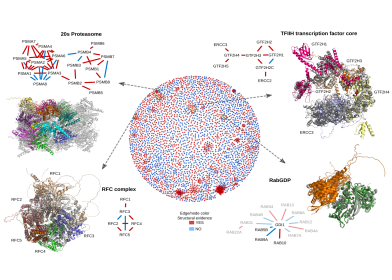
A recent "Nature Structural and Molecular Biology" paper by the Beltrao group (IMSB) in collaboration with the Elofsson group (Stockholm University, Sweden) have predicted complex structures for 65,000 pairs of human proteins and identify interfaces harbouring disease mutations.
Non-enzymatic acetylation inhibits glycolytic enzymes in E. coli
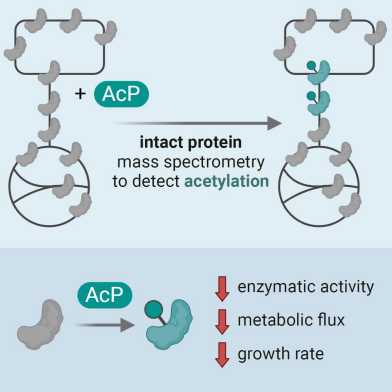
A recent "Cell Reports" paper by the Sauer group (IMSB) quantified non-enzymatic acetylation in central metabolism by intact protein mass spectrometry, demonstrating a novel regulation of glycolytic flux through acetylphosphate-dependent acetylation.
Breakthrough in the sugar biology of multicellular organisms
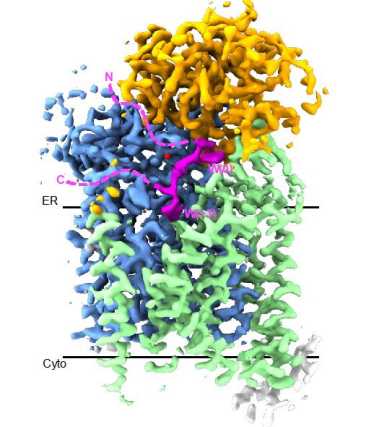
Researchers have for the first time elucidated the structure of a very small enzyme located in cell membranes. In multicellular organisms, this enzyme uses a complex mechanism to attach sugar molecules to proteins, which are then directed to the cell surface and perform their function in cell-cell communication. The findings could accelerate the development of new protein-based drugs.
Chemotaxis and quorum sensing provide E. coli with fitness advantage in vivo
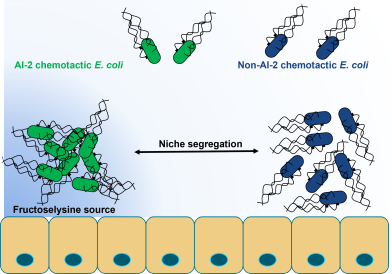
A recent "Nature Microbiology" paper by the Hardt group in collaboration with Piel, von Mering and Sourjik groups shows that chemotaxis towards interspecies quorum sensing signal autouinducer-2 promotes gut colonization and co-existence of E. coli strains in the murine gut.
Differential dynamics and direct interaction of bound ligands with lipids in multidrug transporter ABCG2
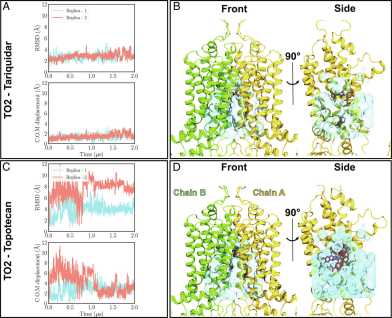
A recent collaborative effort of the Tajkhorshid lab (University of Illinois) and Locher lab (ETHZ) has been published in "PNAS". The authors revealed differential binding dynamics of varied bound ligands in multidrug transporter ABCG2 and that phospholipids from the cellular membrane, but not cholesterol, can penetrate into the drug binding pocket of ABCG2.